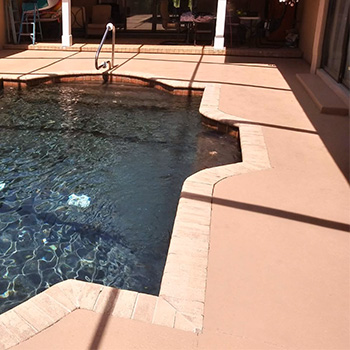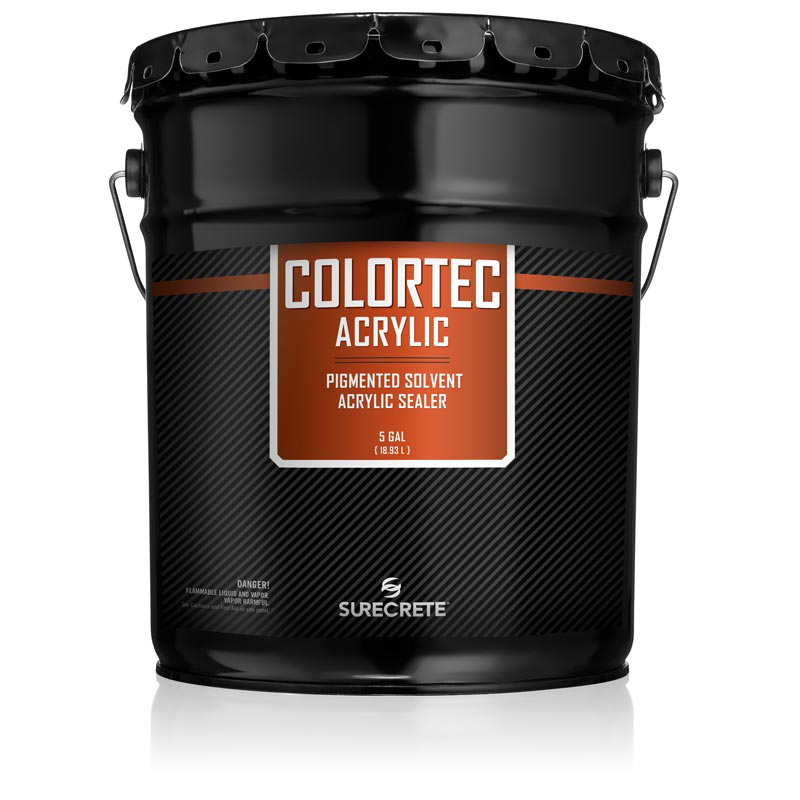With the rain, heat, humidity, and constant use, Florida patios and pool decks can quickly lose their appeal. To revitalize aged concrete surfaces, applying a solid-color sealer is a simple yet effective solution. While there are various options like concrete stains, paints, and sealers, longevity becomes the main concern. That’s why many prefer hiring professionals like Danny Works of Central Florida to clean and reseal their exterior concrete surfaces using a durable, commercial-grade pigmented acrylic sealer.
This coating not only ensures a uniform solid color but also allows moisture in the concrete to escape without causing delamination issues. With a track record of satisfied customers, Danny Works is a qualified installer who can make your patios and pool decks look and feel amazing all summer long.
Patio & Pool Deck Rejuvenation Projects in Homosassa, FL

Patio Reseal
Project Type | Residential
Patio Surface | Concrete with Knockdown Texture
Sealer Color | Smoke
Product used | ColorTec Acrylic

Pool Deck Reseal
Project Type | Residential
Patio Surface | Concrete with Knockdown Texture
Sealer Color | Custom
Product used | ColorTec Acrylic
Best Product to Reseal your Patio & Pool Deck
Select Surface Solutions of Orlando is home to the ColorTec tint station by SureCrete. This amazing system allows us to add pigment to sealers and coatings same day. With 200+ colors and the ability to create custom colors, we can help you with all your patio & pool deck rejuvenation projects.

ColorTec Acrylic will enhance the beauty, and improve stain and abrasion resistance for driveways, garage floors, patios, walkways, pool decks, stucco, and concrete blocks. Ideal for patio & pool deck rejuvenation!
